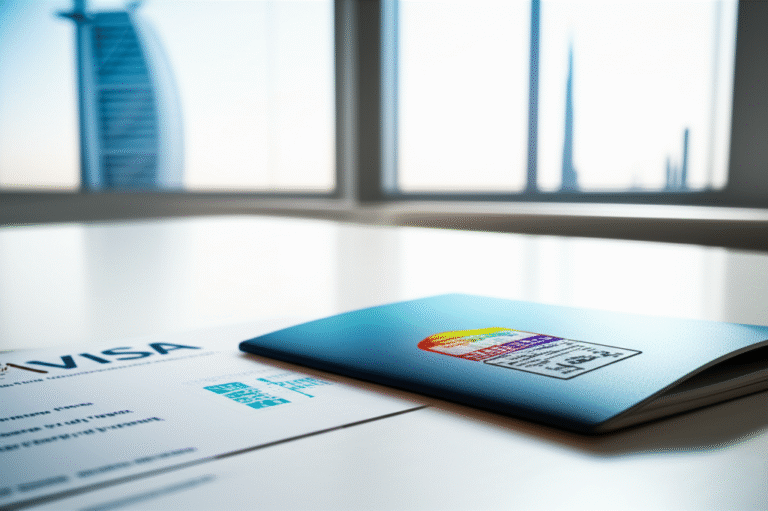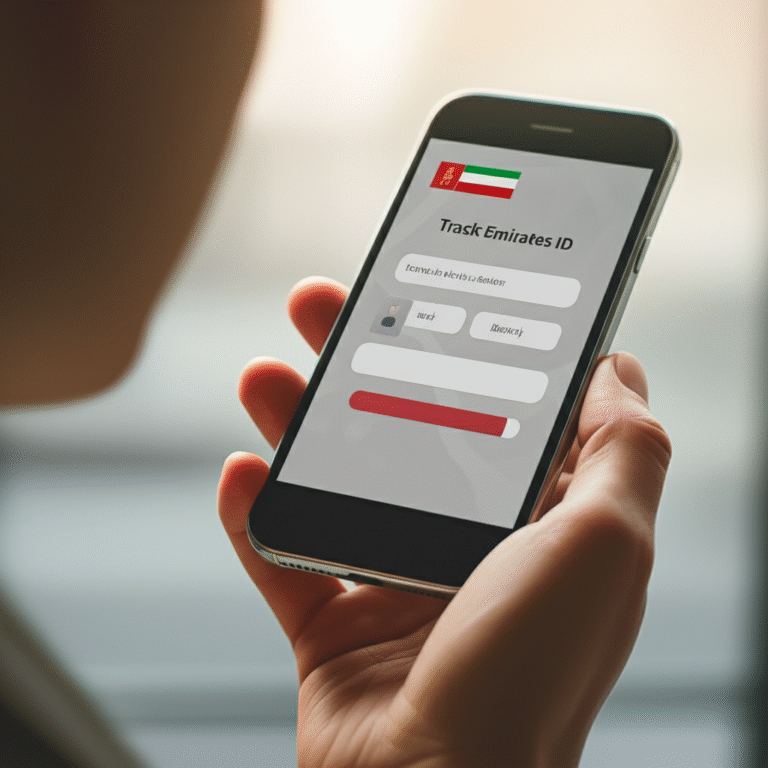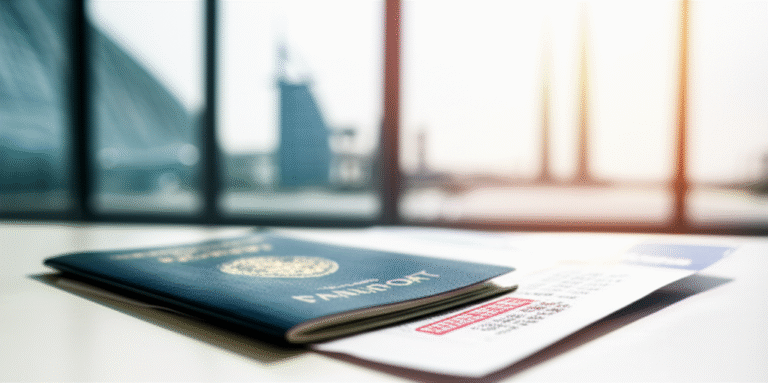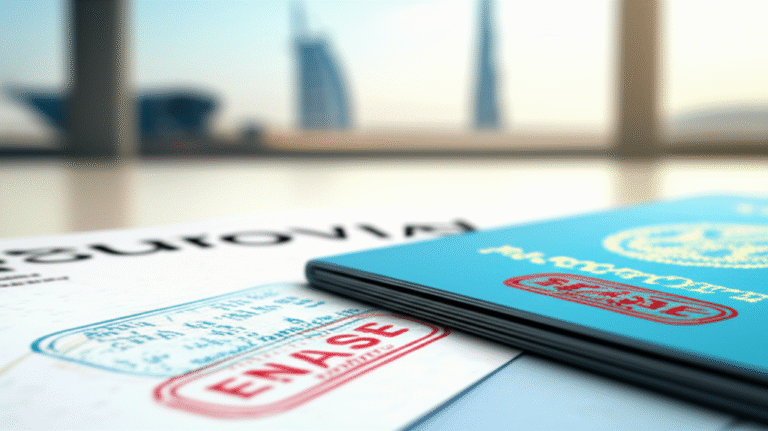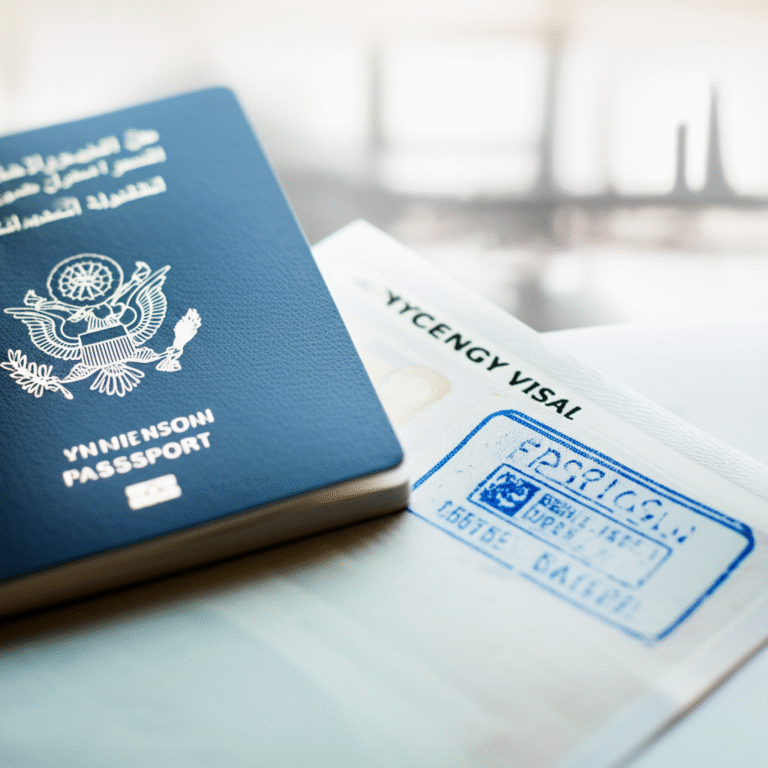How to Apply for Dubai Transit Visa Now
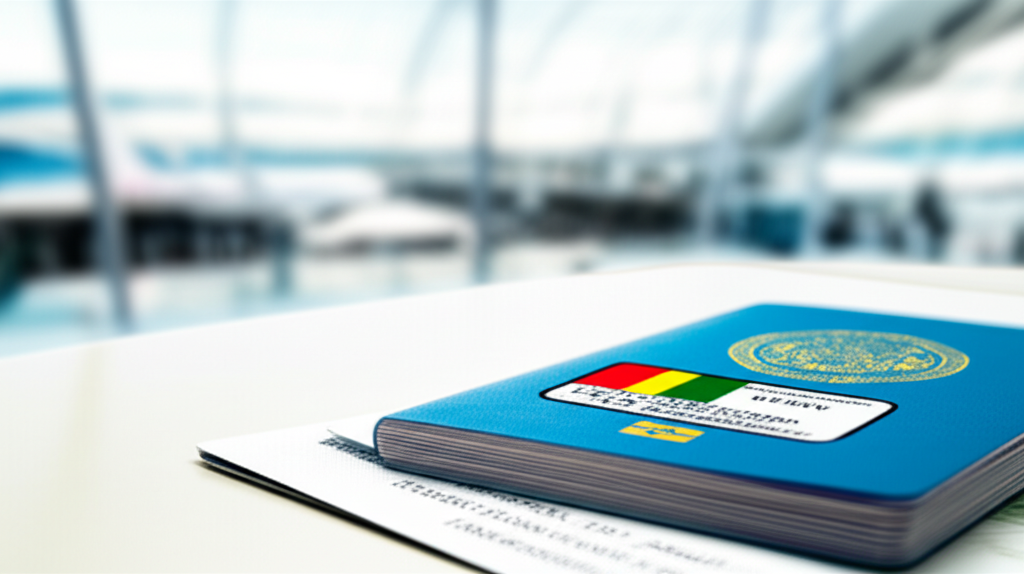
Applying for a Dubai transit visa is straightforward when you follow the correct steps. This guide simplifies the process, helping you secure your transit visa efficiently for a smooth journey through Dubai.
Key Takeaways
- Understand transit visa eligibility criteria.
- Gather all required documents with ease.
- Choose the correct application channel.
- Complete your online application accurately.
- Track your visa status and prepare for arrival.
- Know the validity and rules for transit.
Dubai’s allure extends even to those just passing through. If your travel plans include a layover in this vibrant city, you might need a Dubai transit visa. Navigating visa requirements can sometimes feel complex, but it doesn’t have to be. We understand that you want clear, actionable information to ensure your journey is seamless. This guide will walk you through exactly how to apply for a Dubai transit visa now, leaving no room for confusion. Get ready to plan your next stopover with confidence.
Understanding Dubai Transit Visas: Your Gateway to a Layover
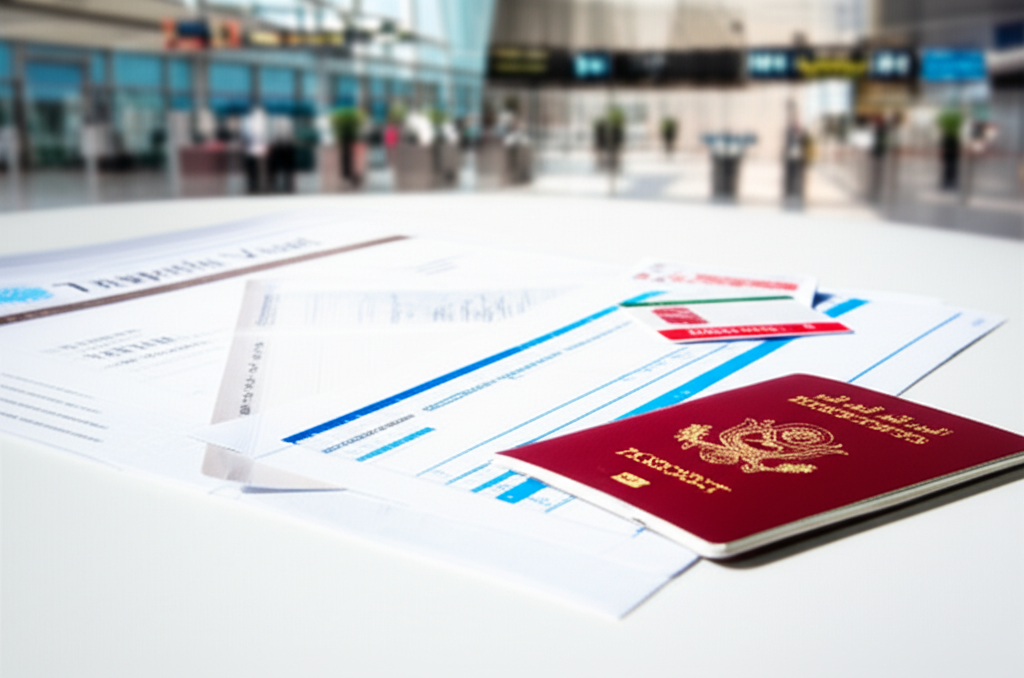
A Dubai transit visa is designed for travelers who need to enter the UAE for a short period, typically between a few hours to several days, while on their way to another international destination. It’s a crucial document for many international travelers connecting through Dubai International Airport (DXB), one of the world’s busiest aviation hubs. Dubai’s strategic location makes it a popular stopover point, and the transit visa facilitates this by allowing passengers to exit the airport, explore the city, or simply have a more comfortable wait between flights.
The process for obtaining a transit visa is generally efficient, especially when you meet the specific criteria and have your documentation in order. Dubai’s General Directorate of Residency and Foreigners Affairs (GDRFA) oversees these applications, and their commitment to smart services means many steps can be completed online. This focus on technology aligns with Dubai’s reputation for innovation and order, making official processes smoother for everyone.
Who Needs a Dubai Transit Visa?
The necessity of a transit visa depends primarily on your nationality and the duration of your layover. Not all nationalities require a transit visa for short stays. Many countries have visa-on-arrival agreements with the UAE, while others need to apply in advance. Generally, if your layover is long enough that you plan to leave the airport, or if your connecting flight is on a different airline and requires you to collect and re-check your baggage, you will likely need to arrange a transit visa.
It’s important to check the latest regulations concerning your specific nationality. Information is often available through your airline or the official website of the UAE government. Airlines often play a role in facilitating transit visas for their passengers, which can simplify the application process significantly. They might offer pre-arranged transit visas as part of your booking, or guide you to authorized partners for application.
Types of Dubai Transit Visas
Dubai offers specific transit visas to accommodate different layover durations:
- 96-Hour Transit Visa: This is the most common type, allowing travelers to stay in the UAE for up to 96 hours (4 days). It’s ideal for those with a significant layover who wish to explore Dubai or a nearby Emirate.
- 48-Hour Transit Visa: Less common and sometimes subject to specific airline arrangements or nationality, this visa allows for a shorter stay of up to 48 hours.
It’s crucial to note that these visas are for transit purposes only. They grant temporary entry and are not intended for long-term stays or employment. The duration is calculated from the moment you enter the UAE. You must depart the country before your visa expires.
Eligibility and Requirements for Your Dubai Transit Visa
To successfully apply for a Dubai transit visa, you must meet certain eligibility criteria and prepare the necessary documents. These requirements are in place to ensure that all travelers entering the UAE adhere to immigration protocols and have legitimate intentions for their stay.
General Eligibility Criteria
- Valid Passport: Your passport must be valid for at least six months beyond your intended stay in the UAE. It should also have at least two blank pages for visa stamps.
- Onward Ticket: You must possess a confirmed ticket for onward travel to your final destination. This is a critical requirement to prove that your stay in Dubai is indeed a transit.
- Sufficient Funds: While not always explicitly asked for during the initial application, it’s advisable to have proof of sufficient funds to cover your expenses during the transit period, especially if applying through certain channels.
- Nationality: As mentioned, your nationality will determine if you need a visa and which type. Some nationalities benefit from visa-free entry or visa-on-arrival for short stays.
Essential Documents to Prepare
Gathering the right documents is the first practical step to a smooth application. Having everything ready minimises delays and potential issues. The typical documents required include:
- Passport Copy: A clear, scanned copy of your passport’s bio-data page.
- Passport-Sized Photographs: Recent photographs taken against a white background. These should meet international passport photo standards.
- Visa Application Form: The completed application form provided by the airline or visa processing agency.
- Flight Itinerary: A confirmed return or onward ticket to your destination. This is non-negotiable.
- Proof of Accommodation (Sometimes): In some cases, particularly for longer transit stays, you might be asked to provide proof of hotel booking in Dubai.
Table: Documents Checklist for Dubai Transit Visa Application
| Document | Description | Notes |
|---|---|---|
| Passport | Valid for at least 6 months beyond stay. | Must have at least two blank pages. |
| Passport-Sized Photos | Recent, white background, international standards. | Typically 2-3 photos needed. |
| Visa Application Form | Completed accurately. | Provided by airline or agency. |
| Onward/Return Ticket | Confirmed flight details. | Crucial for proving transit status. |
| Visa Sponsorship Letter (if applicable) | From airline or hotel. | May be required depending on application channel. |
How to Apply for Your Dubai Transit Visa: Step-by-Step
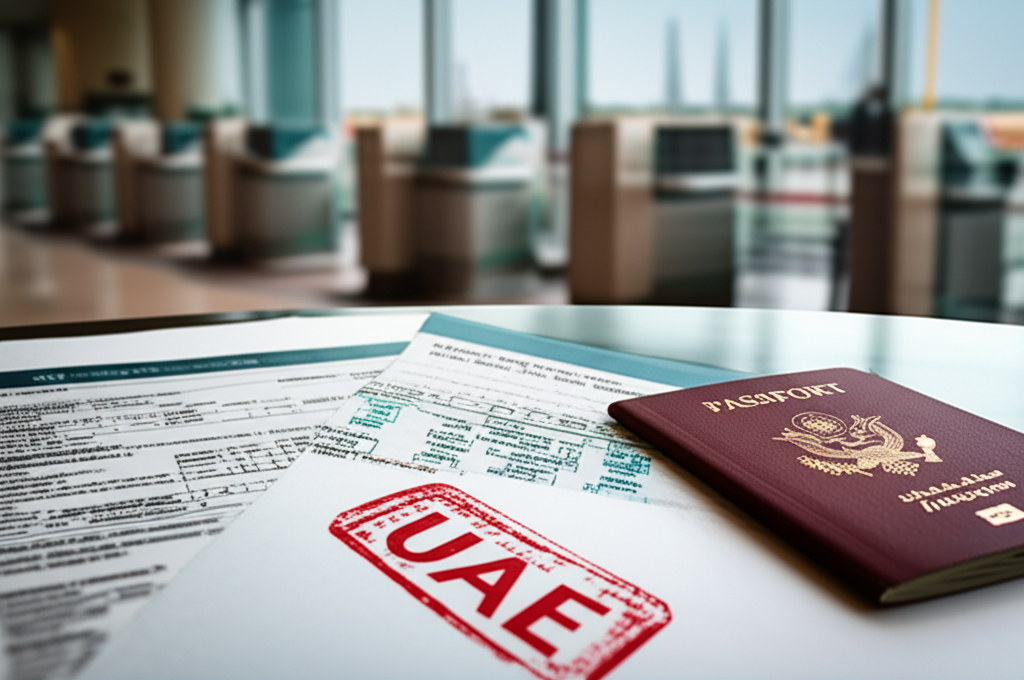
Applying for a Dubai transit visa has become increasingly streamlined thanks to digital initiatives. The most common and recommended way to apply is through your airline or an authorized visa processing center. This ensures your application is handled by entities familiar with UAE immigration procedures.
Step 1: Determine the Best Application Channel
There are two primary methods to apply for a Dubai transit visa:
- Through Your Airline: This is often the most convenient option. Major airlines flying through Dubai, such as Emirates, flydubai, and Etihad (though Etihad flies from Abu Dhabi, they collaborate with Dubai transit services), often offer assistance with transit visas for their passengers. You can usually initiate this process while booking your flights or by contacting their customer service. They will guide you through their specific requirements and application portal.
- Through Authorized Visa Processing Centers: Several government-approved agencies and typing centers in Dubai can assist with visa applications. These centers are well-versed in the requirements and can help you prepare and submit your application. You can find a list of authorized centers on the website of the Dubai Land Department or through the General Directorate of Residency and Foreigners Affairs (GDRFA) portal.
For travellers not flying with Emirates or flydubai, it’s important to confirm with your specific airline if they offer transit visa sponsorship or assistance. If not, you will need to rely on authorized visa processing centers or explore other potential sponsorship options if available.
Step 2: Complete the Online Application Form
Once you’ve chosen your channel, you’ll need to fill out an application form. This form is usually digital. Ensure you have all your personal details, passport information, and flight details readily available. Accuracy is paramount. Any discrepancies can lead to delays or rejection.
The form will typically ask for:
- Full name as per passport
- Date of birth and place of birth
- Passport number and expiry date
- Nationality
- Profession
- Contact details
- Flight details (arrival and departure dates/times, flight numbers)
- Purpose of transit
Step 3: Upload Required Documents
You will be prompted to upload scanned copies of the documents we’ve discussed earlier: passport bio-data page, passport-sized photos, and your confirmed onward flight ticket. Ensure the scans are clear, legible, and in the correct file format (usually PDF or JPG). Some online systems may have size limits for uploads, so be mindful of this.
Step 4: Pay the Visa Fees
Transit visa fees vary depending on the visa type and the processing channel. These fees are typically non-refundable, even if your visa application is denied. You can usually pay the fees online using a credit or debit card. Keep the payment receipt for your records.
Payment is often processed by the airline or the visa service provider. The exact fee structure will be communicated to you during the application process.
Step 5: Submit Your Application and Wait for Approval
After filling out the form, uploading documents, and making the payment, submit your application. The processing time can vary, but for transit visas, it’s generally quite fast, often within 24 to 72 hours. However, it’s always advisable to apply at least a few days before your travel date to account for any unforeseen delays.
You will usually receive updates on your application status via email. Some airlines or services also provide an online tracking portal. Once approved, your visa will typically be issued electronically and sent to your email address. You will need to print this visa and present it along with your passport upon arrival in Dubai.
Navigating Your Layover: What to Do Upon Arrival
Securing your transit visa is a significant step, but understanding what happens next ensures a smooth transition through Dubai.
At Dubai International Airport (DXB)
When you arrive at DXB, follow the signs for “Transit Visa Arrivals” or “Visa on Arrival” if your nationality qualifies. Present your printed transit visa, passport, and any other requested documents to the immigration officer. They will verify your details and stamp your passport with the entry permit.
If you are departing the airport during your layover, you will pass through immigration. Ensure you have your visa ready. If you are simply changing planes and do not need to leave the transit area, a transit visa is usually not required. However, if your connecting flight requires you to collect your luggage and re-check it, or if you are switching airlines, you will need to clear immigration and will therefore need a transit visa.
Making the Most of Your Transit Time
A 96-hour transit visa offers a fantastic opportunity to experience Dubai. Depending on your flight schedule, you could:
- Visit Iconic Landmarks: The Burj Khalifa, Dubai Mall, the Dubai Fountain, and the Burj Al Arab are relatively accessible.
- Explore Old Dubai: Take a trip to the Al Fahidi Historical Neighbourhood (Bastakiya), visit the Dubai Museum, and take an Abra ride across Dubai Creek.
- Enjoy a Meal: Sample world-class cuisine at one of Dubai’s many restaurants.
- Relax: Take advantage of airport lounges or nearby airport hotels if your transit is short and you prefer to rest.
Dubai’s public transportation system is excellent, with the Dubai Metro offering convenient and affordable travel to many key areas. Taxis are also readily available.
Pro Tips for a Seamless Dubai Transit Visa Application
Always double-check the validity period of your visa against your flight schedule. Ensure your passport has at least six months of validity remaining from your intended date of entry into the UAE.
Frequently Asked Questions About Dubai Transit Visas
Q1: How long does it take to get a Dubai transit visa?
The processing time for a Dubai transit visa is typically between 24 to 72 hours. However, it’s always best to apply at least 3-4 working days in advance to allow for any unexpected delays.
Q2: Can I apply for a transit visa at the airport upon arrival?
Generally, transit visas need to be applied for in advance through your airline or an authorized visa processing center. While some nationalities may qualify for visa-on-arrival for tourism, transit visas usually require pre-arrangement.
Q3: What happens if my transit visa expires while I’m still in Dubai?
Overstaying your visa can result in fines and potential travel bans. Always ensure you depart the UAE before your visa’s expiry date. If unforeseen circumstances cause a delay, contact the GDRFA or your airline immediately.
Q4: Can I extend a Dubai transit visa?
Dubai transit visas are generally non-extendable. They are issued for a specific, fixed duration (e.g., 96 hours) and you must depart the country within that period. If you wish to stay longer, you would need to apply for a different type of visa.
Q5: Do I need a transit visa if I’m just changing planes at DXB?
If your connecting flight is within the airport’s transit area, and you do not need to clear immigration (e.g., you don’t collect baggage, and your next flight is from the same terminal or easily accessible), then you typically do not require a transit visa.
Q6: What if my transit is shorter than 24 hours? Do I still need a visa?
If your layover is less than 24 hours and you remain within the international transit area of the airport, you usually do not need a transit visa. However, if you need to exit the airport or clear immigration for any reason, you will need one, even for a short duration.
Conclusion
Applying for a Dubai transit visa is a manageable process when approached with the right information and preparation. by understanding the requirements, gathering your documents, and choosing the most convenient application channel, you can secure your visa efficiently. Dubai’s commitment to smart services and seamless travel ensures that even a short transit can be a rewarding experience. Remember to always check the latest regulations for your nationality and plan accordingly. With your transit visa in hand, you’re all set to experience a glimpse of Dubai’s magic during your journey.

